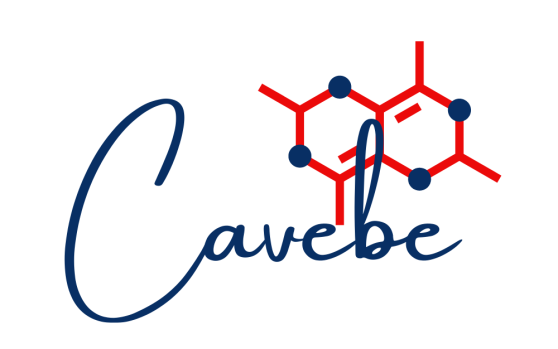In this article, I am going to describe how you can find a Master’s program with a scholarship. The content of the article is grounded in my own experiences.
Step 1: Make sure you do well in your undergraduate degree.
Generally, a scholarship is offered based on your academic achievements. Therefore, the very first thing you should do is “get that A or A+”. Maintain a GPA (Grade point average) at least above 3.5/4.0. This is very crucial in securing a scholarship due to the competitive nature of the program.
Step 2: Identify what type of Master’s program you want to do.
This is a very important step. There are two types of Master’s,
Master’s by research: involves both course work and research
Master’s by course work: where you only engage in course work
The length of a Master’s by research is two years whereas a Master’s by course work can be completed within 1-1.5 years. In my own experience, there are more scholarship opportunities for Master’s by research. However, it is highly competitive as well. If you have plans of progressing to a PhD, I highly recommend pursuing a Master’s by research.
Step 3: Do publications during your undergraduate (yes, it helps sometimes).
Now you may wonder why one must do publications to enroll in a Master’s program. The simple answer is you don’t necessarily have to do publications, but it helps you through the scholarship process. Remember, getting a scholarship is extremely difficult so, having some publications will smooth that process.
Step 4: Do IELTS, TOEFL or PTE.
If you are not a native English speaker like me or haven’t completed your basic degree in a country where the official language is English (UK, Australia, NZ, USA), you need to prove your proficiency in English by doing a recommended English test. The most popular English language proficiency tests are IELTS, TOEFL and PTE. The minimum requirement of these tests depends on the university and the program. It is always wise to check the requirement before you attempt the test. Generally, an overall band score of 6 – 6.5 in IELTS is required for natural science-based programs whereas other programs (i.e.: Literature, History, Social Sciences) require higher scores (7 or above). Also, it is advised to check which test is required by the university you are planning to apply. Generally, the universities in the USA request TOEFL and other universities accept either IELTS or PTE.
Step 5: Keep an eye on the application rounds.
Application rounds are different from one country to another and sometimes it varies between universities as well. If you’ve decided to apply to a university in Australia, don’t just assume the application around will be the same for a university in UK or Japan. It is best to note these things somewhere before you forget.
Step 6: Advance your search.
Browsing the university websites for scholarship opportunities is a popular method, however, there are some other ways as well. Register for a scholarship alert in your university of interest. (i.e.: Curtin University, Australia has a platform where you can register your interest and details. The university then sends you an alert whenever there are suitable opportunities that match your criteria)
Additionally, there are scholarship websites. I personally used the following websites in the past.
Step 6: Prepare your Statement of Purpose (SoP).
A SoP is an integral part of the application process. Your SoP should cover the following areas,
- An introdution about yourself and your intrests,
- A discription about your graduate degree/s, research projects, publications, and work experience (if any),
- Your interest in the program or specific area of research,
- A statement to indicate your excitement to enrol in the program and how it can help advace your career.
Make sure your SoP does not contain any typos, grammatical or spelling errors.
Step 7: Write to professors.
This may not be necessary for all the Master’s programs, but if you intend to do a Master’s by research or if you are applying to a US university, you may have to communicate with a professor prior to lodging the application. This is because certain programs expect you to find an advisor who is willing to supervise you throughout your candidature. In certain cases, you may also get your scholarship through the fund allocated for projects conducted by your advisor.
Step 8: Application process.
Many people do not pay attention to this step. Before you lodge your application, please check the guidebook (if there is any) or any relevant information on the university website. I know someone who applied without certifying her documents and she failed to secure a place in the program. Also, make sure to check the grammar of any written document or request someone else to check the documents.



Greetings! I’ve been trying to get a scholarship to do a Master’s in Network security abroad for a few years. I was unable to get one. I have an IELTS band score of 7.5 too. What countries do you think to offer more scholarships on IT?
I am not 100% sure about Master’s, but there is an increasing demand for IT personnel in Australia. So I suppose there can be courses targeting network security as well.